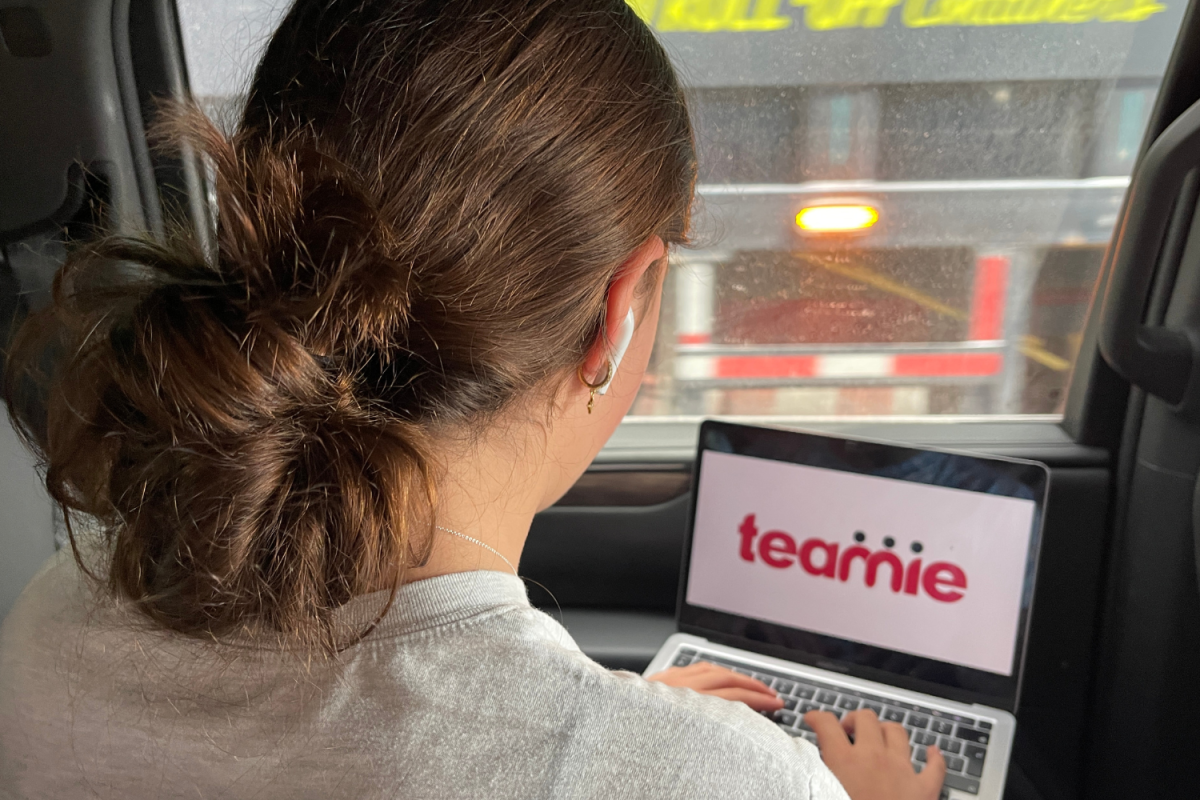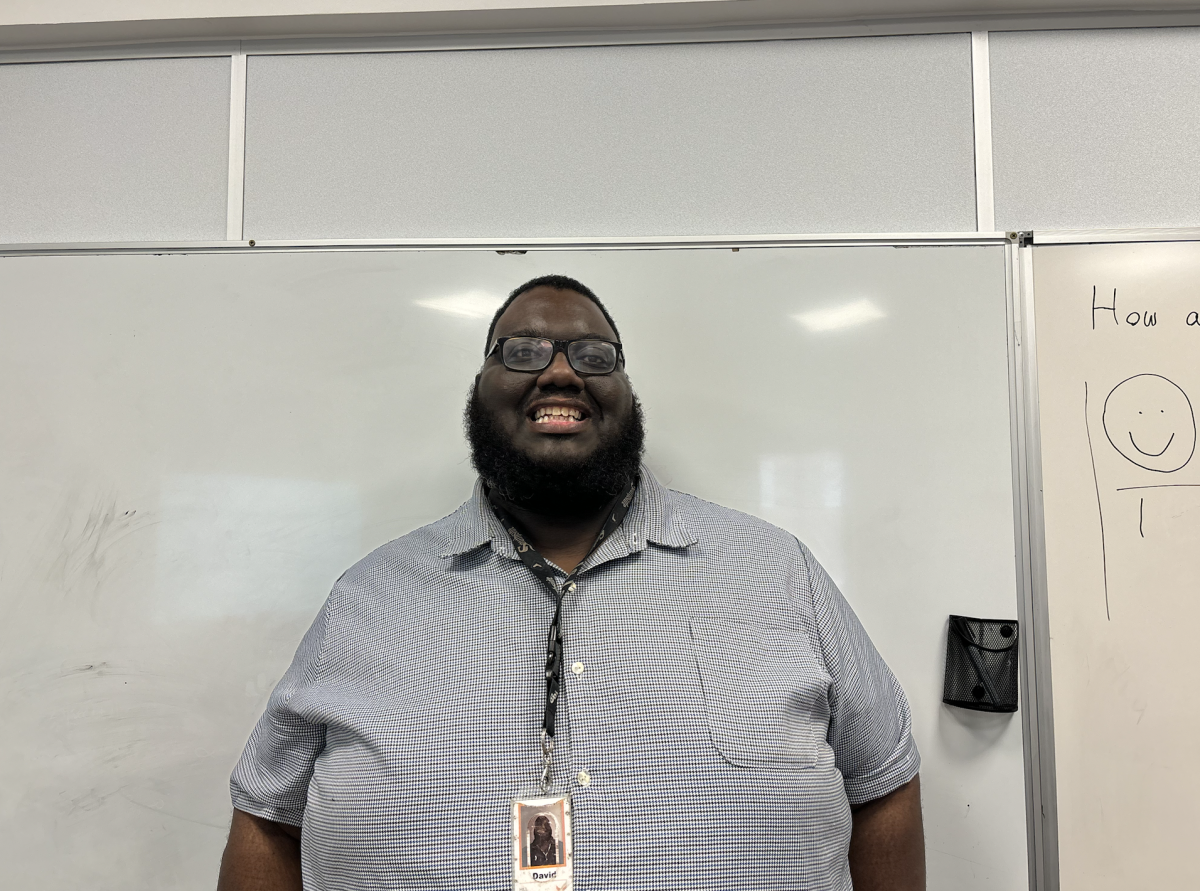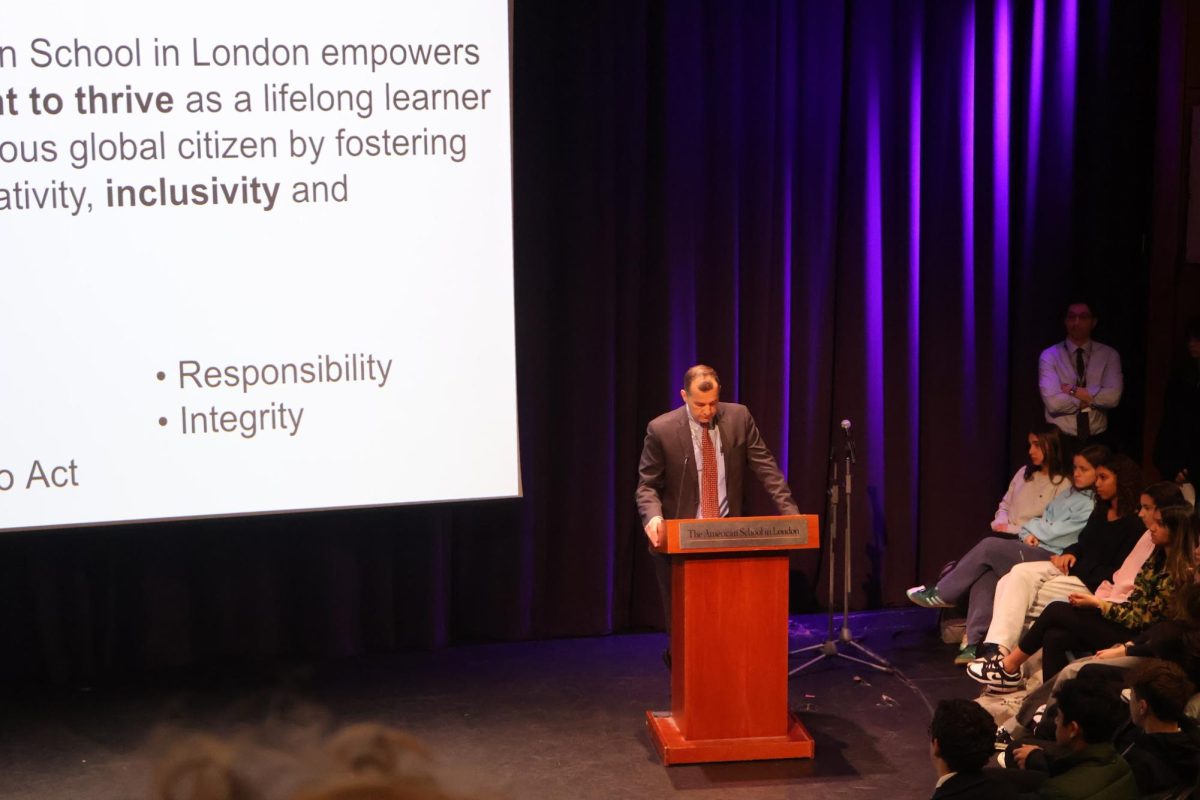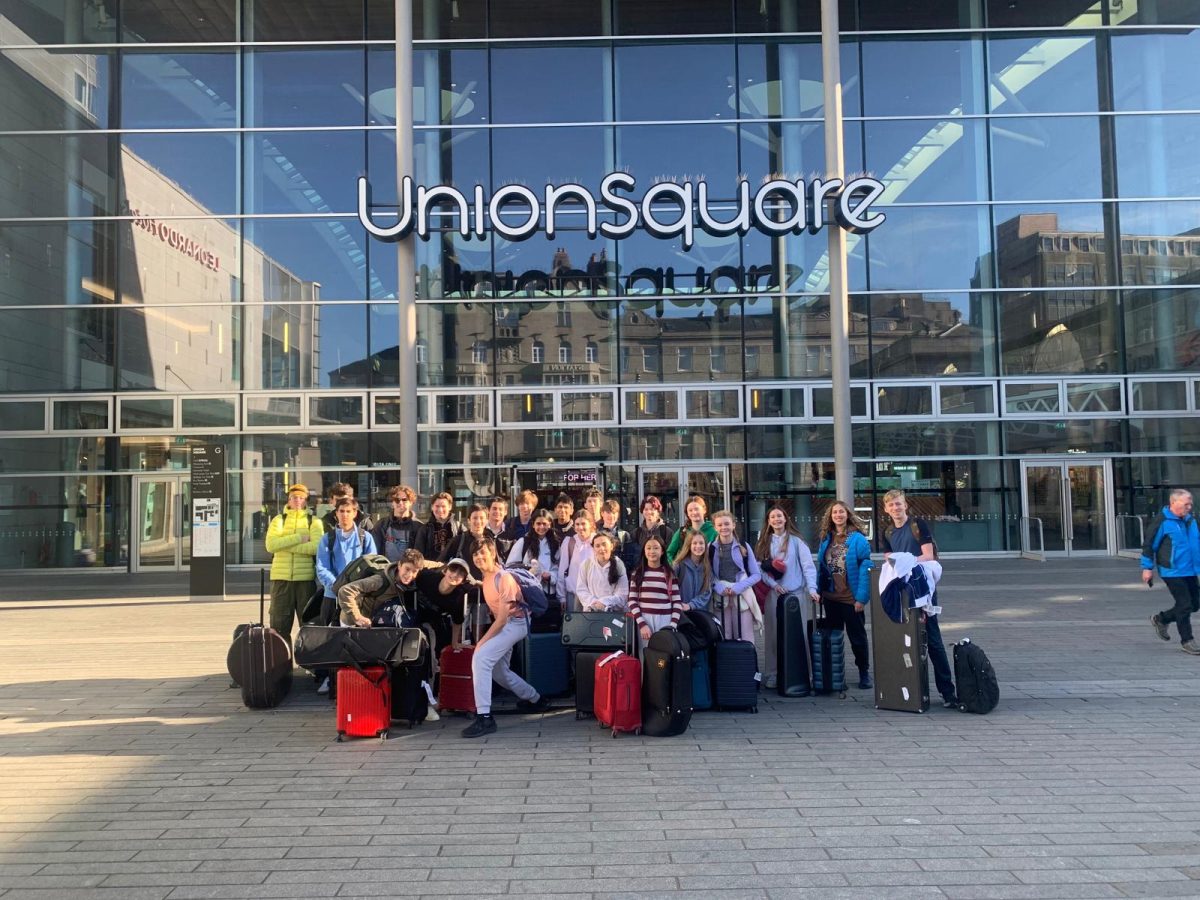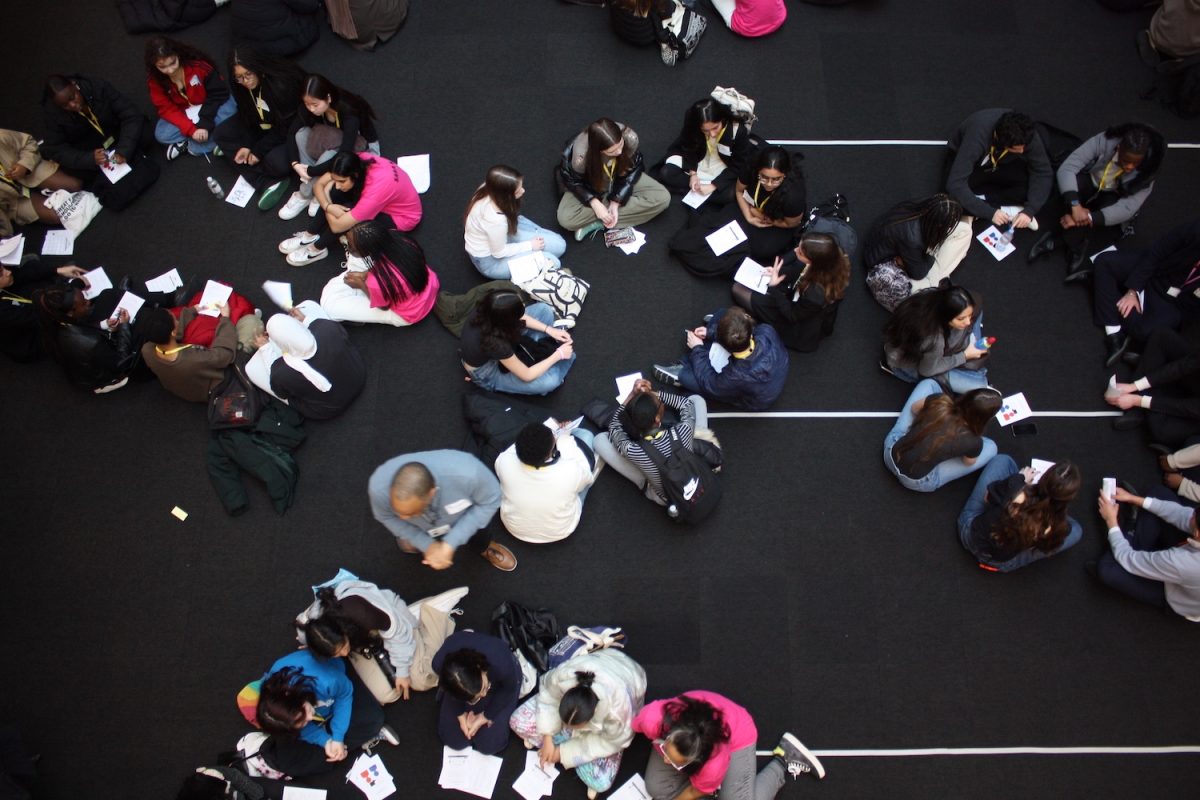After decades of hostility and violence between Israel and Palestine, tensions rapidly escalated again this past summer. In June, three Israeli boys: Eyal Yifrach, Naftali Fraenkel, and Gilad Shaar were kidnapped and murdered, with supporters of Hamas, who were not under the orders of the organization to kidnap and kill the boys, claiming responsibility for their deaths.
As a response to the deaths of these three boys, an American-born Palestinian boy, Muhammad Abu Khdeir was kidnapped and burned in July. The kidnappers are widely reported to be Israeli Jews, with no affiliation to the Israeli government, however these reports remain unconfirmed.
These two events were the main public aggravation from both sides that led to a summer of war and continued strain since then.
The conflict came to head shortly after the death of Abu Khdeir on July 7 when 80 rockets were fired from the Gaza Strip towards Israel. The Israeli Defense Forces (IDF) retaliated by launching Operation Protective Edge, where they entered parts of the Gaza Strip to explode tunnels as well as firing back at Gaza.
The IDF’s ground invasion of the Gaza Strip was in part to destroy tunnels that ran through northeast Gaza, under the border, and into southern Israel. Israel, seeing the tunnels as an increasing threat, especially after a July 17 attack carried out by 10 Hamas fighters near the town of Sderot, entered Gaza to destroy them.
The use of tunnels in Gaza to Israel and Egypt remain disputed. Because of the blockade that Israel has on Gaza, these tunnels have been used as a resource to smuggle supplies and goods into Gaza. Simultaneously, they have been used by Hamas to carry out attacks on Israel.
The flare of conflict between Israel and Gaza this past summer is not an anomaly. While there have been international protests regarding rockets deployed from both sides this summer, violence and tension has been ongoing between Israel and Palestine for decades after Israel was declared a Jewish state in 1948 and Jewish migration to the area increased as a result.
Rami Kablawi (’16), who is Palestinian and was supposed to spend part of his summer in Gaza participating in a program called GoPalestine, which is based in Ramallah but takes trips to cities such as Nablus and Jerusalem. Kablawi instead spent his summer in Jordan because of safety concerns. While he does not support the use of the tunnels, he believes that there should be less segregation between Israel and Gaza, making the need for tunnels to decrease. “I think that the best situation would be for the tunnels to not exist, not in the sense that people should go back to being separated, but for there not have to be any tunnels,” he said.
When the IDF were firing rockets from Israel into the Gaza Strip, they were accused of purposely bombing United Nations (U.N.) schools run in Gaza, killing children who were inside the buildings. The IDF justified their bombing of the U.N. schools by accusing Hamas of firing rockets close to the U.N. schools. At the same time, the U.N. has found catches for weapons in its schools. Hamas, on the other side, was accused of using Palestinians as human shields by deliberately telling them to stay in buildings after having information that Israel was going to bomb them, and also by hiding weapons in innocent civilians homes.
According to the BBC, the struggle between Israel and Gaza this summer produced a death toll of more than 2,100 Palestinians. Many of the Palestinians who died were mainly civilians, while of 72 Israelis who died, 66 were military personnel.
One reason for the contrasting death toll gaps between Israel and Palestine is Israel’s Iron Dome, an air defense system that is designed to intercept and dismantle short-range rockets. The Iron Dome is able to dismantle roughly 90 percent of the rockets fired at Israel. At the same time, Gaza is densely populated, which is a cause for the increased casualty rate in Gaza. Borders between Israel and Gaza are also closed, making it impossible for Palestinians to leave Gaza.
Farid Sousou (’17), who is half Palestinian, spent part of his summer participating in the Seeds of Peace program in Maine. Seeds of Peace campers come from conflict-ridden areas around the world, as well as from other countries such as the United States. At the camp, they discussed international issues such as the Israel-Palestine conflict.
What Sousou found while at Seeds of Peace was that Israelis and Palestinians had fundamentally different views of each other. “Most of the Palestinians were calling the IDF the occupation force while the Israelis were saying they were the defense force. When either person said either one they would start a fight over what the army actually was,” he said.
During dialogue sessions, Sousou also noticed a recurring theme that campers from both sides did not agree with their governments’ handling of the conflict between Israel and Palestine. “It’s completely government against government. During the dialogues the Israelis were saying, ‘it’s not us who are sending the rockets over to Gaza’, and the Palestinians were saying that it wasn’t them who were sending over the rockets, it was Hamas,” he said.
Recognizing the enmity between Israelis and Palestinians in an international context, the Middle East Club has sought to bring students who are from the Middle East or who have shown an interest in the area together.
Two years ago, the Club focused on the conflict between Israel and Palestine during Middle East Night, where the theme was ‘Cousins’, showing that Arabs and Jews were intertwined rather than being two separate groups of people.
English Teacher Peggy Elhadj, one of the club’s advisors, has put an emphasis on this type of peace between students from different areas in the Middle East. “The Middle East Club has always sought to emphasize the fact that we are all part of the ASL family, regardless of our political beliefs,” she said. “We listen to each other respectfully, even during times when differing views are expressed with passion, such as during the Palestinian- Israeli debate held two years ago.”
Ilay Sheves (’16), an Israeli, spent part of his summer in Israel during the conflict. For Sheves, not initially being in Israel over the summer when violence broke out was hard for both him and his family, as they wanted to be in the region, like many Israelis. “When you’re in the area you have that extra point of view on the situation. It’s so tough to see it from an outsider’s point of view. When I arrived in Israel it was the time when the flights were being delayed, I felt so lucky to return to Israel,” he said.
Sheves feels extremely connected to the conflict between Israel and Palestine. “It means the world to me honestly. It means that my country is in danger of its’ survival. It saddens all of us that we have to have this ongoing conflict with our neighbors.”
Sousou believes that both sides are to blame for the fighting, which is why resolution is so difficult when each side believes the other is to blame. “People aren’t able to see which side is wrong or which side is right, obviously neither is right or wrong, because one country is shooting a rocket at the other country and the other is responding by shooting a rocket back,” he said.
A new aspect of the conflict is the unity government formed between the Palestinian Liberation Organization (P.L.O.) and Hamas. Hamas, which does not have a specific leader, is recognized by countries such as the United States and the United Kingdom as a terrorist organization according to The Council on Foreign Relations. Hamas has been seen this summer to take a more public role in the clash between Israel and Palestine while the P.L.O. has stepped back.
According to The New York Times, many nearby Middle Eastern countries, such as Saudi Arabia and Egypt have reacted to Hamas’ Islamic fundamentalism by allying themselves with Israel. At the same time, nearby countries such as Qatar and Turkey continue to support Palestine.
Dima Fayyad (’16), a Palestinian who lived in Jordan until last year, believes that tension between Israel and Palestine had already been building up as a result of the unity agreement between the P.L.O. and Hamas before the deaths of the four boys. “There had been growing tension for a while since April between Israel and Palestine, after Hamas had finally signed [a reconciliation agreement] with the P.L.O. Maybe both sides were looking for an excuse to attack each other,” she said.
However, Fayyad believes that not all Palestinians support Hamas, regardless of the unity between the group and the P.L.O. “A lot of people when they think of Palestine they think of Hamas, and that’s inaccurate because Palestinians don’t really agree with Hamas necessarily, it varies a lot. Some people obviously support them, some people don’t. They won in the elections by a slim percent, it wasn’t a huge win,” she said.
Kablawi, on the other hand, while also not a supporter of Hamas, sees why Palestinians choose to pick them over the alternative of possible Israeli occupation. “The Palestinians who live under Hamas rule are having to deal with a situation where they’re either getting Hamas or they’re getting Israeli power over the area,” he said. “It’s like if a gun was held up to your head and someone offers to pull you out at any means. I think you’ll always ask that person who is capable to take the gun away to do it.”
Sheves, while understanding why the P.L.O. signed a unity agreement with Hamas, sees it as an impediment towards peace talks between Israel and Palestine. “I think Hamas is just a massive bump in the road, having that extremist group join in the conflict hurts the peace talks. But we’re always going to have those extremist groups from both sides, not just Hamas,” he said.
While Egypt is still recovering from the Arab Spring of 2011, it has taken a leadership role in brokering peace talks between Israel and Palestine this summer. However, both sides have broken these ceasefires by firing rockets.
Fayyad hopes that this round of peace talks will be successful after years of past failed ones, one of the most notable being the Oslo Accords in 1995, leading to the assassination of then Prime Minister of Israel, Yitzhak Rabin. “Some people might think that Palestinians don’t really want these [peace talks] and that they want the attacks to continue, but to be quite honest, I don’t think either side does. They’re kind of at a point I think where they want to live in some form of harmony, or more than they have in the past at least because it’s just been going on for so long,” she said.
At the same time, Fayyad sees impediments to peace because Egypt is a third party. “While what Egypt has been trying to do has been good, it’s also difficult to have someone from the outside who has taken a clear political side get involved.”
While Fayyad is hopeful about peace between Israel and Palestine, she is skeptical of it actually happening. “It’s [the conflict] been going on for so long, it’s hard to see a clear ending or how that ending will look, but I do believe that neither side will stop until some sort of compromise has been reached,” she said.
Talks between Israel and Gaza, brokered by Egypt, continued on September 23.
charlotte_young@asl.org


